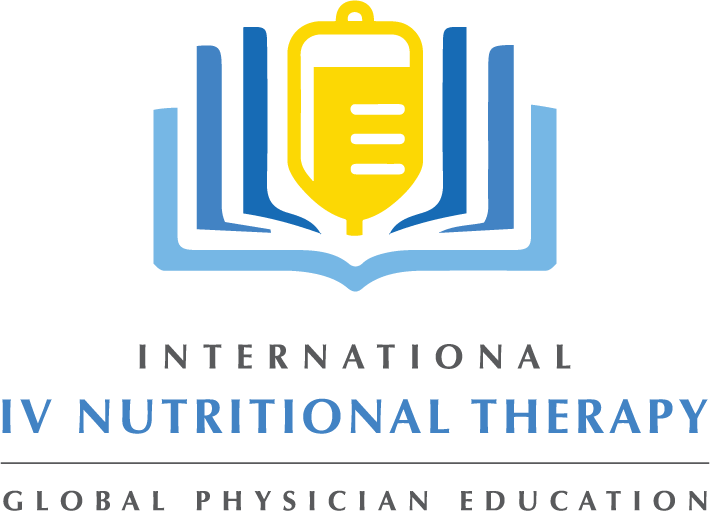Workers in the field of patient care are always on the lookout for the best treatment modalities. Sometimes the best treatments are ones we’ve always had on hand.
Intravenous access is one of the most vital and widely used components of patient care. There are several indications, such as the need for IV nutrition, bypassing the first-pass effect, or requiring a controlled pace of dosage.
This is where IV therapy comes in, but what is IV Nutritional Therapy?
Intravenous therapy is a form of therapy that tailors and caters to the needs of patients. It involves inserting an indwelling catheter (aka cannula) through the skin and into a peripheral vein. This enables operators to introduce fluids and therapeutics into the patient’s bloodstream.
Read more to learn about IV therapy applications.
What are the Benefits of IV Therapy?
80% of all patients require intravenous access at some point during their hospital stay. The entry of fluids or medication via intravenous access provides indispensable benefits.
When taken orally, some medications lose their efficacy due to biotransformation. It also isn’t uncommon for hospitalized patients to not tolerate oral feeding. Finally, it can be critical for medications to dispense into the body at controlled rates.
With IV therapy, life-saving substances can directly tap into the systemic circulation. They can then exert their effects on the body quicker and without reduced efficacy. Knowing how critical peripheral line placement is in the medical field, we provide trainings, courses and IV seminars for healthcare professionals.
Indications of IV Therapy
Once the operator establishes venous access, they can begin introducing life-saving substances. These substances enter the patient’s system through the cannula hub.
Indications for IV therapy include fluids, nutrients, blood, and, most notably, medication. We will tackle these one by one.
Fluids
Dehydration is often an accompanying symptom of most admitted patients. However, over 45% of hospitalized patients become dehydrated during their hospital stay. Dehydration relates to poorer outcomes, especially in stroke and elderly patients.
IV fluids are specially formulated liquids that treat dehydration. These formulations are mainstays in the hospital. They can treat dehydration from heat, surgery, injury, and disease.
These are supportive treatments that ensure the patient stays stable and receives adequate daily water.
Nutrients
Nutrition is one of the pillars of restoring health in patients. However, absolute contraindications for enteral or oral feeding bar nutrition. These include:
- Active gastrointestinal bleeding
- Small or large bowel obstruction
- Hemodynamic instability with poor end-organ perfusion
- Paralytic ileus
IV nutrition is a godsend when patients can’t receive oral nutrition. IV nutrition gives patients enough calories, minerals, vitamins, and other nutrients.
Digestive complications are a common theme in contraindications for enteral feeding. Fortunately, this delivery method is independent of the digestive system. The patient can recuperate until they’re stable enough to return to oral feeding.
Blood
Blood and blood products are another class of substances that patients can receive through the vein. Blood loss during births, surgeries, and injuries can be fatal. Thus, blood bags are often on hand to prevent hypovolemic shock.
Blood is then transfused as needed. Blood or blood products enter the patient’s system via an IV line. Exogenous blood replenishes the depleted supply and maintains or restores hemodynamic stability.
Transfusions are often needed for medical conditions such as:
- Malignancy
- Hemophilia
- Anemia
- Sickle cell disease
It isn’t uncommon for patients to require blood products and not whole blood. These blood components include:
- Plasma
- Platelets
- Red blood cells
- Cryoprecipitate
Depending on the disease condition or patient’s restrictions, they may receive only a fraction of blood.
Medication
The primary benefit of administering drugs intravenously is avoiding the first-pass drug effect. This phenomenon refers to presystemic metabolism. This occurs when drugs are taken via the oral route.
The liver processes the drug, so the drug undergoes biotransformation. This reduces bioavailability by the time the drug reaches systemic circulation or the site of action.
When patients receive a subtherapeutic dose, they receive suboptimal treatment. As workers in the medical field, we should never allow low-quality treatment.
IV administration allows the medication to reach the drug’s maximum potential quicker.
Cancer treatments
Chemotherapy is one of the best-known clinical applications of IV therapy. IV administration of chemotherapeutics lets the medication take effect faster than oral medication.
Oral chemotherapeutic agents demonstrate the same efficacy as intravenous medication. However, intravenous therapy occurs once every few weeks rather than daily. This option lets patients customize their treatments according to their needs and preferences.
Cardiovascular Disorders
Inotropic heart medications such as dobutamine and milrinone are best administered intravenously. An infusion pump into the vein ensures that the patient receives an accurate dose over some time.
The pump may persist for days to deliver a controlled dose essential for inotropes.
Infections
Antibiotics, antivirals, and antifungals come in various preparations. The IV preparation works well when the topical treatments don’t cut it.
The bacterial-killing action of antibiotics is both time-dependent and concentration-dependent. IV therapy is vital in this scenario. You can control the speed of administration to maintain the most effective dosage.
Inflammatory Disorders
Corticosteroids are a common drug that gets administered intravenously. This anti-inflammatory drug treats a myriad of diseases. This includes but isn’t limited to asthma and allergies.
Corticosteroids also play a role in autoimmune diseases as they suppress the immune system. This drug is a mainstay of rheumatologic illnesses like lupus and vasculitis.
Hormonal Supplementation
During labor, expectant mothers receive an intravenous dose of oxytocin. Growth hormone injections are common in patients who don’t produce enough. Intravenous insulin therapy delivers regular insulin to mitigate hyperglycemic episodes.
Hormones govern numerous physiological processes in the body. Employing IV therapy for deficient hormones is a way to restore balance in the system.
Learn How to Perform IV Nutrition Therapy Through IV Therapy Training
IV Nutritional therapy is as diverse as the disease’s health professionals strive to heal. The innovations of intravenous access allow IV nutrition, medication, transfusion, and infusion.
Are you eager to learn more about IV therapy and the latest treatments in the health industry?
Check out our seminars on IV therapy training so you, too, can feel confident in providing your patients with the highest standards of healthcare.
To learn more visit, www.IVNutritionalTherapy.com or contact us today.

